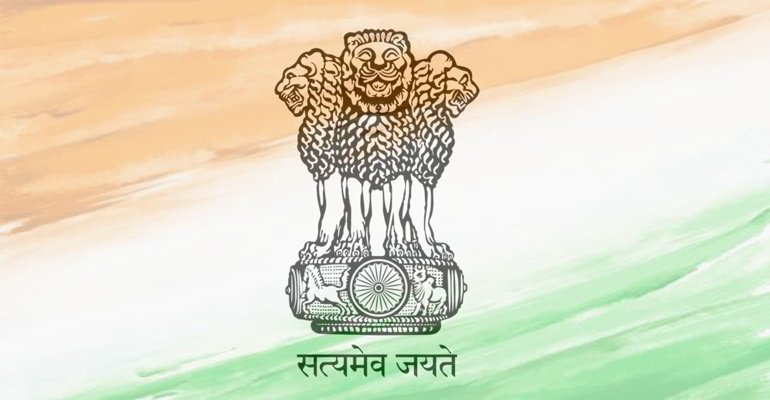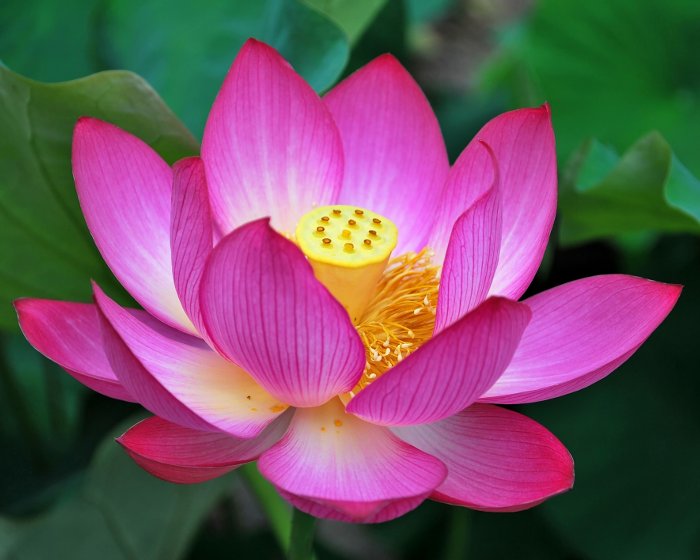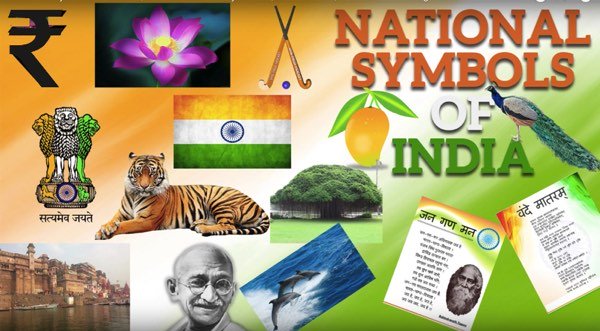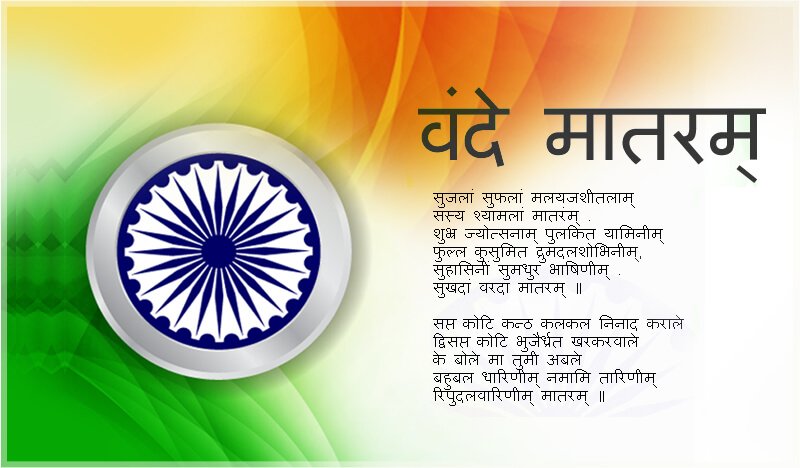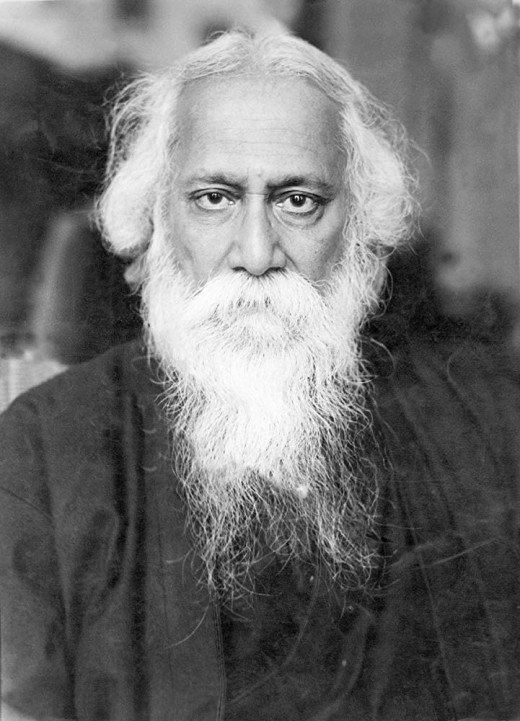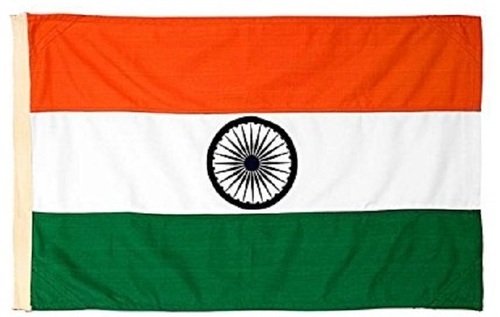- Home
- National symbols of India
- National Emblem of India
National Emblem of India
National Emblem of the India:
Quick Facts:
Represents: Republic of India
Adopted on: 26th January 1950
Adaptations: The Lion Capital of the Ashoka Pillar Sarnath. Uttar Pradesh
Motto: Satyameva Jayate.
Every country has its own National emblem. An emblem is a seal or an emblem which is a badge of that nation and which is reserved for the use by a nation as a symbol of that particular nation. The national emblem is reserved for the official use of that particular nation.
Lion Capital of Ashoka is a
sculpture of four Asiatic lions that are standing back to back on a wide base
which has a wide base. The Lion capital was erected in the 3rd
century by Emperor Ashoka of Mauryan Dynasty to show the spot of Buddha where
he proclaimed first gospel of peace.
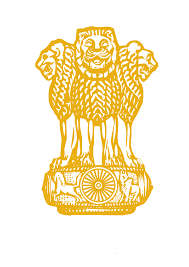
The national emblem of India is an adaptation of Lion Capital of Ashoka at Sarnath along with the motto of Satyameva Jayate. The lion capital is now preserved in the Sarnath Museum in the state of Uttar Pradesh India.
The present emblem was officially adopted on 26th January 1950. The National Emblem should be treated with great respect and cannot be used anywhere. It is the official seal for all the national and state government offices and is compulsory part on the letterhead of all the government papers.
National Emblem is also part of Indian currency and also on all the official
documents like passports which is issued by the Republic of India. National Emblem is a very important National symbol of India. Other National symbols of India are National Flag, National Anthem, National calendar, National Bird, National Animal, National Fruit, National Anthem and National Song
History of National Emblem of India
The national emblem history dates back to 3rd century when the Mauryan’s were ruling India. The great ruler of Mauryan Dynasty Ashoka embraced Buddhism after the horrific Kalinga war.
This is the only war which Emperor Ashoka fought after his accession to throne. Seeing the bloodshed and killing of large number of soldiers on both sides, it is believed that Emperor Ashoka embraced Buddhism.
After embracing Buddhism, Ashoka involved himself in
the spread of Buddhists principles non violence, spiritualism, love and to
remain peacefully.
In this work of spreading Buddhists preaching’s, Emperor Ashoka
erected number of statues and stone carvings among them the most important is
the Lion Capital of Ashoka at Sarnath. The pillar was excavated in the year
1905 by Friedrich Oscar Oertel. He excavated the Ashoka Pillar of Sarnath and
found it in three pieces. The upper part Lion Capital was found intact and is
currently in Sarnath museum.
When India got independence in the year 1947 Jawaharlal Nehru
assigned the work of suggesting a national emblem to Badruddin Tyabji. He was a
freedom fighter, civil servant and was also a member of constituent assembly.
Tyabji suggested for using Ashoka Capital which had four Lions at the top.
Later this design was selected and remained as the Indian emblem.
Description of National Emblem of India
The National emblem is the graphical representation of Lion capital of Ashoka. The emblem is a very important document of Government of India.
It is used on all the official letterheads of the Government of India and also is printed on all Indian currency. The National emblem is slightly different from the Lion Capital.
The emblem has only three lions visible and the fourth lion is hidden
from view. The wheel at the base has bull at the right, galloping horse on the
left and the Dharma Chakra at the centre. The bull represents hard work and
horse represents loyalty, speed and energy. The lotus below the abacus has been
omitted.
The emblem cannot be used any where and by everyone. It is regulated by State Emblem of India act 2005. The original Lion Capital of Ashoka at Sarnath has four Lions back to back which symbolised power, courage, confidence and pride.
The original Sarnath capital also featured the Bull at the South, Elephant at the east and the Lotus above the Wheels. Below the emblem is the motto inscribed in Devanagari script saying as Satyameva Jayate.
The above motto is a quote from Mundaka Upanishad which is
the concluding part of the Hindu Vedas which means Truth alone triumphs.
Significance and Symbolism of National Emblem of India
National Emblem has a very great significance and importance ever since the period of Emperor Ashoka. The Lion Capital which was built in 3rd century by Emperor Ashoka marks a very important spot where Buddha first disseminated his Bodhi preaching’s to his disciples.
It can be said that by adopting the sculpture of Lion Capital as National Emblem, the government of India recognised the importance of Buddhism as a religion and also spread in a way the preaching’s of Buddhism.
The four Lions of the Lion Capital symbolise and
stress on the equality and justice to all the people in the country with equal
respect to all religion and cast and creed.
Emperor Ashoka reaffirmed the commitment to uphold peace and tolerance after embracing Buddhism. The three lions which the Republic of India adopted represent and signify Strength, Courage and Confidence.
The circular wheel is the Buddhist Dharma Chakra and it is known as Ashoka Chakra and the 24 spokes in Ashoka Chakra represents the number of hours in a day and also represents the passage of time.
The first 12 spokes also
represent 12 stages of suffering and the next 12 spokes represents no cause and
no effect. The animals that are represented on the emblem are also referred in
Buddhists texts and are also considered as symbols for carrying the principles
of Dharma.
The motto on the emblem which states as Satyameva Jayate which lit means Truth alone triumphs is a part of the ancient Indian scripture Mundaka Upanishads from Hindu texts. The motto is read as follows
The following is in Devanagri script
सत्यमेव जयते नानृतं सत्येन पन्था विततो देवयानः ।
येनाक्रमन्त्यृषयो ह्याप्तकामा यत्र तत् सत्यस्य परमं निधानम् ॥
The English translation for this is
Truth alone triumphs, not falsehood
Trough truth the divine path is spread out
By which the sages whose desires have been completely fulfilled
Reach to
where is that supreme treasure of truth.
Conclusion
The national emblem is a very important symbol of India and it is a source of inspirations for the Indian citizens and to the world. The emblem is a sense of pride and respect to billions of Indian citizens across the world. The emblem should not be misused or disrespected if done it is punishable under state Emblem act. The Emblem also shows India’s tolerance and respect to all the religions.
Please share your opinion with us by clicking the link here
Here are some good products of National Emblem.
Update on coronavirus in India
Affiliate Disclosure:
If you make any purchase via a link on this site, I may receive a small commission with no added cost to you.
